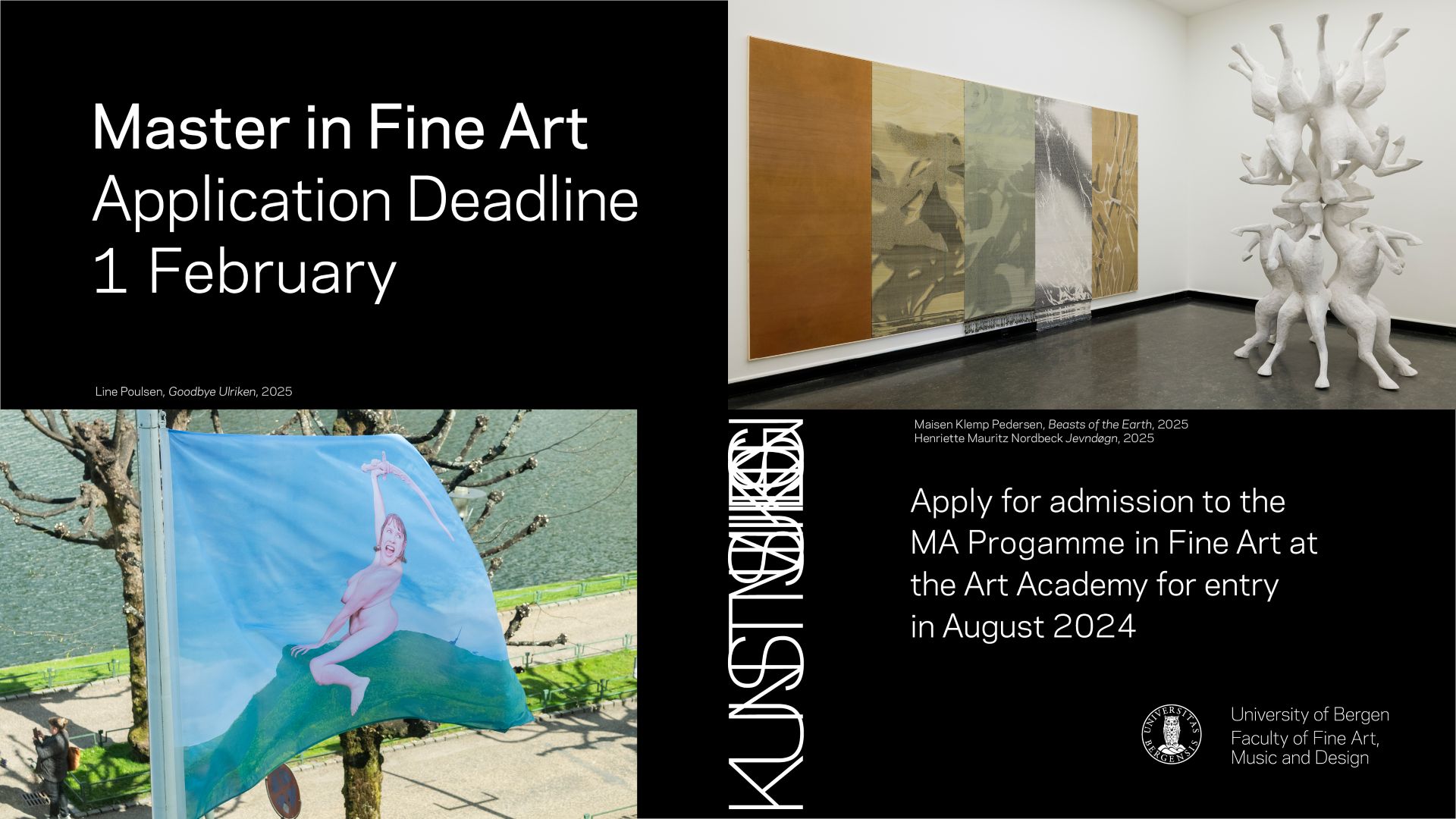To attempt to summarise, to make a list, makes me queasy. And in a year where work, teaching, and a 1-year-old created a triangle that has allowed for little else, it might even be reckless of me. However, when I sat down and sorted through some obvious talking points like the world premiere of Trinh T. Minh-ha’s What About China? at CPH:DOX, Marcel Duchamp at the MMK in Frankfurt, and Lee Lozano (finally in Copenhagen!), there were some other things that stood out. The quandary is that, even though I was never able to see them, they were still the ones I’ve kept thinking about. So let’s invoke what Jean-Luc Godard (RIP) said about the filmmakers of the French New Wave: they often hadn’t seen the films that were most important to their work. Instead, the unseen films existed through descriptions, through retellings: “Films we hadn’t seen used to be called the cinema, the invisible used to be called the cinema. Later it became aesthetic metaphor. We loved The River because we had never seen it and Jean-George Auriol talked about it.”

Björn Lövin, The Surrounding Reality, Moderna Museet, Stockholm
This summer, my parents called me while visiting the exhibition to say: “You have to see this.” But later, in the autumn, with the apocalyptic Swedish election, Björn Lövin’s works seemed like transmissions from an earlier part of this path that we are stumbling down and are clearly unable or unwilling to deviate from.

Some basements in Copenhagen
At times, even around the corner is an impossibility. A lot is happening there, most of the time in basements like (Kino) Cucina and Bizarro. The old showers and changing room under the studios at AGA on Vermlandsgade have started to function as a, for a lack of a better term, up-for-grabs exhibition space, where shows are allowed to also be test runs – each thing its own, without any pseudo-institutional logic applied. On the other side of the Copenhagen-basement spectrum, in a genius curatorial move, Lynn Hershman Leeson’s exhibitionat Simian. The Electronic Diaries (1984–2019) in Ørestaden: an underground bike garage masquerading as an art museum. The perfect dystopian setting for Hershman Leeson.

No Master Territories: Feminist Worldmaking and the Moving Image, Haus der Kulturen der Welt (HKW); Cinema of Commoning, Sinema Transtopia, Berlin
Almost as an antidote to the German (media’s) response to Documenta 15, two things unfolded in Berlin over the summer. Cinema of Commoning, a symposium and a screening program at Sinema Transtopia, and No Master Territories: Feminist Worldmaking and the Moving Image, an exhibition at HKW. Both proposals redefine the subversive potential of a cinema shared by all or by many. The list of films shown at HKW over the summer read as a proposal for the deviation mentioned above, existing within both the physical realities and spectral speculations inherent in showing and making works, worlds. To borrow the programme’s opening quote from Adrienne Rich: “We who are not the same. We who are many and do not want to be the same.”
John Skoog is an artist living in Copenhagen. He will shoot his second feature film in 2023.
For this year’s contributions to Kunstkritikk’s Advent Calendar, see here.
